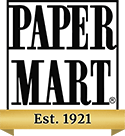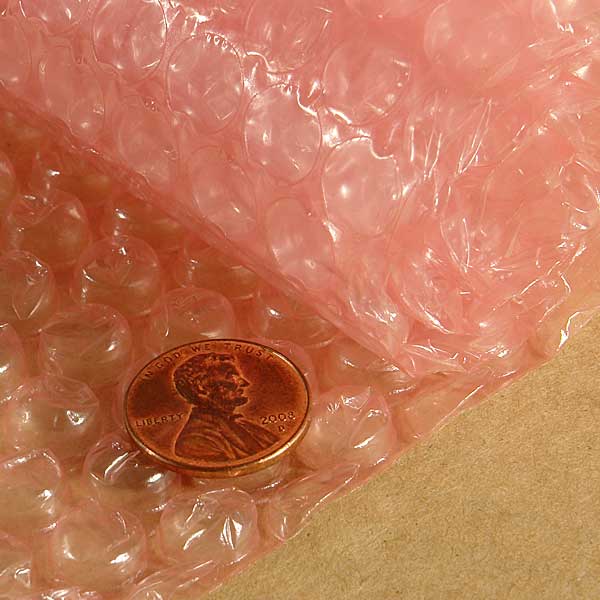You may look at a sheet of bubble wrap and see nothing more than a simple piece of plastic containing bubbles filled with air. But have you ever stopped to wonder just how this miraculous product for the purposes of cushioning came to be? It’s not as though someone just slaps two sheets of plastic together and forces air in between them. This would create more of an air pillow. So how do manufacturers create the evenly spaced rows of identical air bubbles that dot the surface of bubble wrapping? You might be surprised to learn that process is rather complex and requires an array of computerized machinery and calculated procedures designed to produce the seemingly simple rolls of bubble wrap you order from PaperMart.com.
Creating Bubble Wrap: The First Steps
The creation of bubble wrap begins with polyethylene, a type of clear plastic. It starts out as small, identical beads of resin which are passed through an extrusion machine. During this process, the heat produced by the extruder softens the beads of resin into a soft, viscous liquid that is uniformly distributed as it is forced through a slot. The result of this portion of the manufacturing process is two sheets of transparent polyethylene with a pocket of air in between.
The next step involves a second piece of machinery known as a drum. The sheets emerging from the extruder are fed into the drum fairly quickly, so as to take advantage of the malleable nature of the heated resin. One of the sheets fits to the surface of the drum, which is dotted with indentations of uniform size and placement. Through the use of suction, the sheet of plastic on the drum conforms to the surface, so that the portions of plastic covering the indentations on the drum are forced into the well-known “bubble” shape that we recognize on bubble wrapping products. The bottom sheet is then adhered to the top, trapping air inside the bubble pockets and creating what we see as an unbroken surface.
Additional Steps
From there the completed bubble wrap may go through other processes. For example, some rolls of bubble wrap are perforated to create smaller sheets that can easily be torn away, negating the need to cut the desired length. In some cases, a third layer of polyethylene film is added to the top of the bubbles for added protection and resilience. And of course, the long sheets that come off the drum are cut and rolled to various lengths for the purposes of sale.
Although this process is more complex than the average consumer might imagine, you’ll find that the bubble wrapping products available at PaperMart.com are extremely affordable. With a variety of different sizes of bubbles to choose from, you’ll have no trouble finding the products you need to cushion and protect your goods during shipping, and at competitive prices, no less. Although bubble wrap is all made in more or less the same way, some products are better than others thanks to features like an additional layer of plastic for extra padding. With Paper Mart bubble wrapping you’ll always get the quality, strength, and durability needed to keep your products secure and unscathed from point A to point B.
Paper Mart Bubble Wrap
Anti-Static Air Bubble Wrapping: 3/16″
Economy Air Bubble Wrapping: 3/16″ X 3/8″
Economy Air Bubble Wrapping: 1/2″ X 1-1/4″
Air Bubble Wrapping: 1/2″ X 1-1/4″
Air Bubble Wrapping: 3/16″ X 3/8″
Air Bubble Wrapping: 5/16″ X 1″
——

